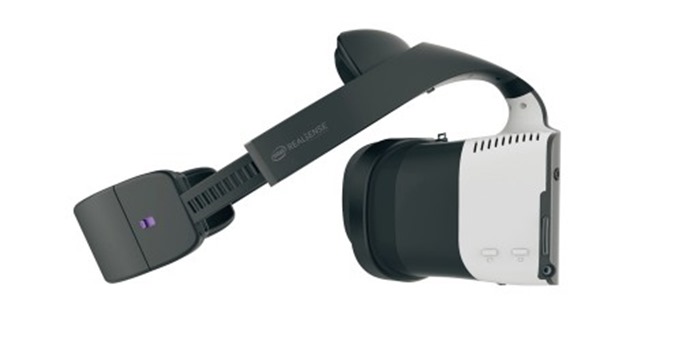Intel Project Alloy: A Leap into the World of Virtual and Augmented Reality
Intel made a significant announcement in 2016 about its foray into the world of virtual reality, and it has now unveiled Project Alloy at CES 2017. Project Alloy is a groundbreaking all-in-one solution for virtual reality, augmented reality, and 360-degree experiences. It incorporates the latest Intel RealSense cameras, enabling users to seamlessly transition between the real world and the virtual world. This innovative approach combines virtual reality and augmented reality, putting it in close competition with products like Microsoft HoloLens. With Project Alloy, users can see their hands interacting with virtual entities, effectively merging the real and virtual worlds.
During CES 2017, Intel also presented a demo game designed for Project Alloy. A special room was set up where players could move freely while being surrounded by zombies, offering an immersive experience of fighting off the undead with the help of controllers.
What sets Project Alloy apart is that it doesn’t require any connections to computers. Intel has embedded its computing power directly into the Alloy Head-Mounted Device (HMD). This intelligence enables users to move freely in three dimensions without the encumbrance of wires. Project Alloy permits users to explore the virtual world in real-time, blurring the line between reality and the virtual realm. This means you can interact with created characters, engage in activities like shooting zombies, and engage in various other experiences. Project Alloy is a perfect synergy of augmented reality and virtual reality.
Thanks to this technology, users can witness a merged reality where the real world is superimposed onto the virtual world. You can feel other people’s hands or see a wall right behind you, and you can walk right through it. Intel RealSense technology not only allows you to see real-world elements but also interact with them in a virtual space.
A remarkable feature of Project Alloy is that it doesn’t rely on external sensors; instead, it utilizes Intel RealSense cameras exclusively. These cameras operate independently without the need for additional sensors, configurations, or room-based cameras. Project Alloy, previously accessible to developers in 2016, is now in its final phase, and Intel is opening it up for other developers to create customized applications. This open development platform aims to broaden the range of applications available to users. Intel is also collaborating with Microsoft to optimize Windows content for virtual reality applications.
Source: Intel
